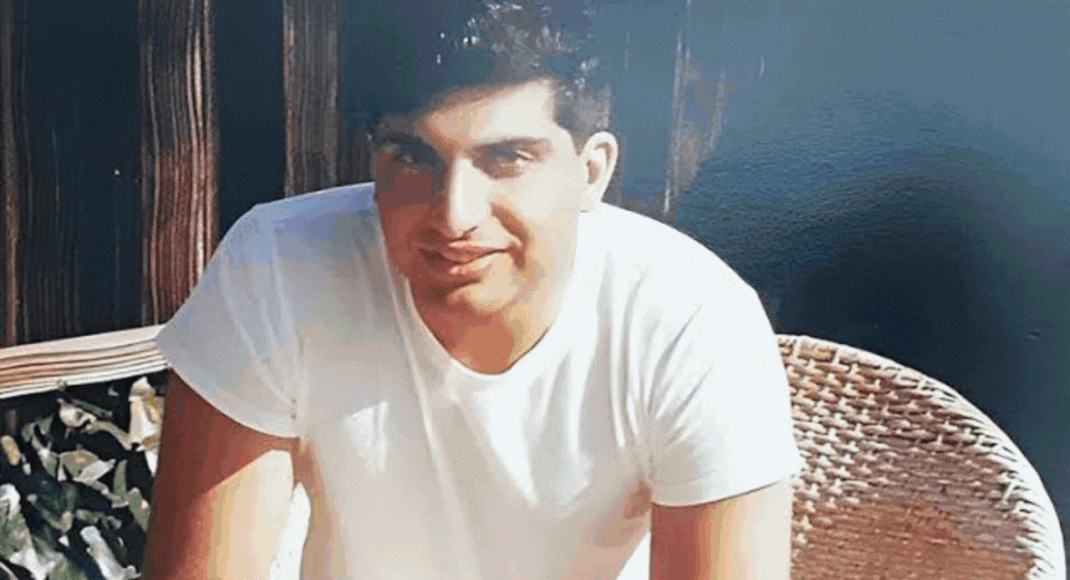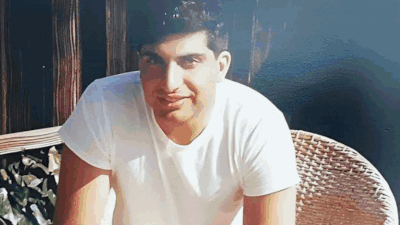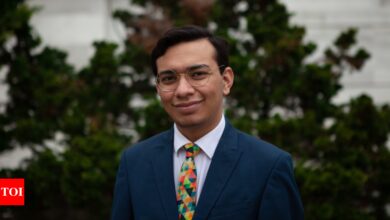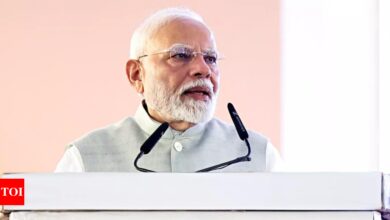India loses a Ratan: the visionary who made India Inc global dies at 86 | India News – Times of India



Tata’s passing marks the end of an extraordinary business journey, one that not only reshaped the Tata Group but also set new benchmarks for Indian industry on the global stage.
Under his leadership, the group’s revenue rose from $4 billion in 1991 to over $100 billion in 2012 when he retired, making it the first Indian conglomerate to achieve such a milestone.
Ratan Tata was born to Soonoo and Naval Tata during British rule in Mumbai (then Bombay) and grew up in Tata House – now the Indian headquarters of Deutsche Bank – in Fort. A teetotaler and non-smoker, he was a bachelor who almost married three times but remained single all his life.
He is survived by two brothers, Jimmy and Noel, and their families, along with his stepmother, Simone Tata.
Educated at three prestigious institutions, including Campion School and Cathedral and John Connon School in South Mumbai, and Bishop Cotton in Shimla, Ratan Tata shared classrooms with notable figures like music maestro Zubin Mehta and business magnates Ashok Birla and Rahul Bajaj, Duke owner Dinshaw Pandole and Yusuf Hameed from Cipla.
He went on to earn a Bachelor of Architecture degree from Cornell University, initially at his father’s urging as an engineering student. Disenchanted with engineering, he switched to architecture after two years and worked briefly with Jones and Emmons in Los Angeles, turning down a job offer from IBM. In 1962, he joined the Tata Group as an assistant at Tata Industries, where he rose to the top after 29 years and became chairman of Tata Sons.
His tenure was marked by a concerted effort to remove the old guard of satraps and position Tata Sons as the nerve center for strategic direction within the group. His leadership also saw Tata Sons tighten its grip on group companies, forcing them to pay royalties for use of the Tata brand.
He led the group into new sectors such as telecom and passenger cars and was instrumental in driving innovation with pioneering projects such as Indica, India’s first indigenous car; Nano, the world’s most affordable vehicle; and Ginger, a budget hotel chain, while overseeing more than 60 acquisitions that expanded the group’s reach. He also took Tata Consulting Services public, the only major Tata company to do this.
However, Ratan Tata’s legacy was not without controversies. His decision to appoint Cyrus Mistry as his successor in 2011 led to one of the most controversial chapters in the group’s history. He then selected N Chandrasekaran to head Tata Sons after Mistry’s acrimonious departure in 2016. Moreover, his dream of creating the world’s cheapest car (Nano) faced political opposition in West Bengal, leading to the relocation of production to Gujarat.
In 2008, Ratan Tata received the award Padma VibhushanIndia’s second highest civilian award.
Despite his many successes, Ratan Tata remained remarkably modest, often attributing his achievements to the efforts of those around him. He believed in avoiding politics and once remarked, “Like my mentor JRD Tata, I had never thought about politics. I am not suitable as a political person and will not venture into that.”
Outside the boardroom, he was known for his quiet but determined demeanor, often choosing to stay out of the spotlight. His contributions extended far beyond the business world, as he led numerous philanthropic initiatives through the Tata trustswhich have a silent but significant impact on sectors such as healthcare, education and rural development.
During his retirement, he kept a low profile, making sporadic public appearances – the last being on August 15 this year, when he visited the Tata Fire Temple in Bandra to celebrate the Parsi New Year.
In the years following his retirement, Ratan Tata also became an angel investor in numerous startups, including Upstox, FirstCry and Ola Electric – a testament, if one were needed, to his continued commitment to innovation and entrepreneurship. He has also significantly increased his focus on philanthropy through Tata Trusts, transforming the organization’s financing approach to prioritize large-scale social initiatives such as setting up cancer care hospitals and setting up India’s largest tertiary care center for small animals, including stray animals, in Mumbai.
Although his physical activity declined in recent years and he appeared even less in public, he maintained sharp eyesight and participated in virtual meetings for both official and philanthropic work.
Legend Ratan Tata no more; Dies in Mumbai Hospital I Tribute to I Tata Sons
In addition to business, Ratan Tata had a personal passion for aviation and held pilot’s licenses in both fixed-wing aircraft and helicopters. He was also an avid diver and indulged in this until health restrictions limited his mobility. He also had a deep love for dogs and built a special swimming pool for his pets at his Colaba residence, Halekai.
Ratan Tata himself designed Halekai and its 2,000-square-foot beach bungalow in Alibaug. His connection with architecture extended to two other houses he designed in Jamshedpur on Road No. 10, Circuit House (East). One of the houses belonged to Soli Devitre, the then brother-in-law of Tata Sons director Jehangir Ghandy, and the other belonged to Tata Steel’s former senior executive Cawas Mehta and his wife Perin C Mehta. The buildings now have new owners.
And just as those houses will always bear his aesthetic stamp, corporate India will bear Ratan Tata’s stamp.




